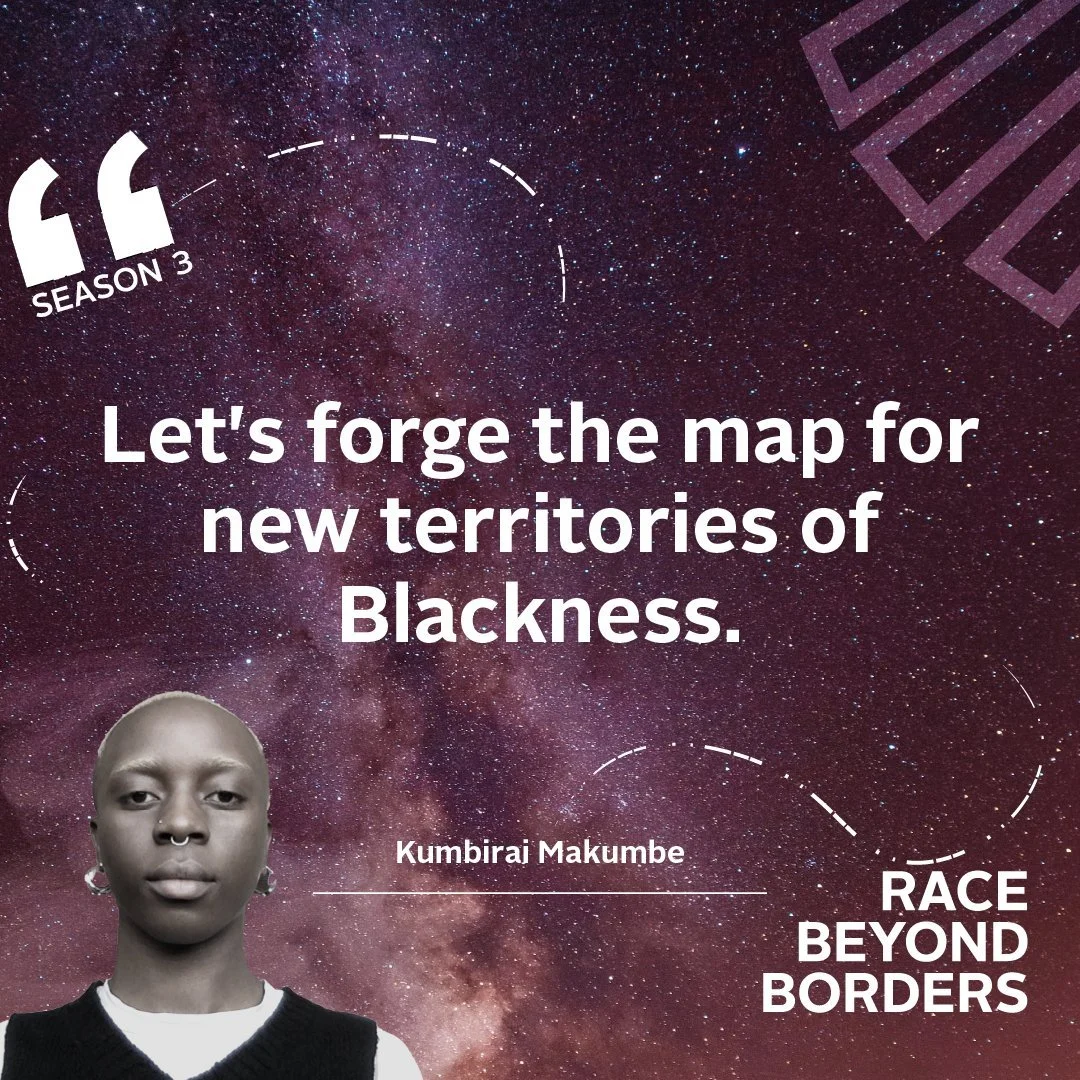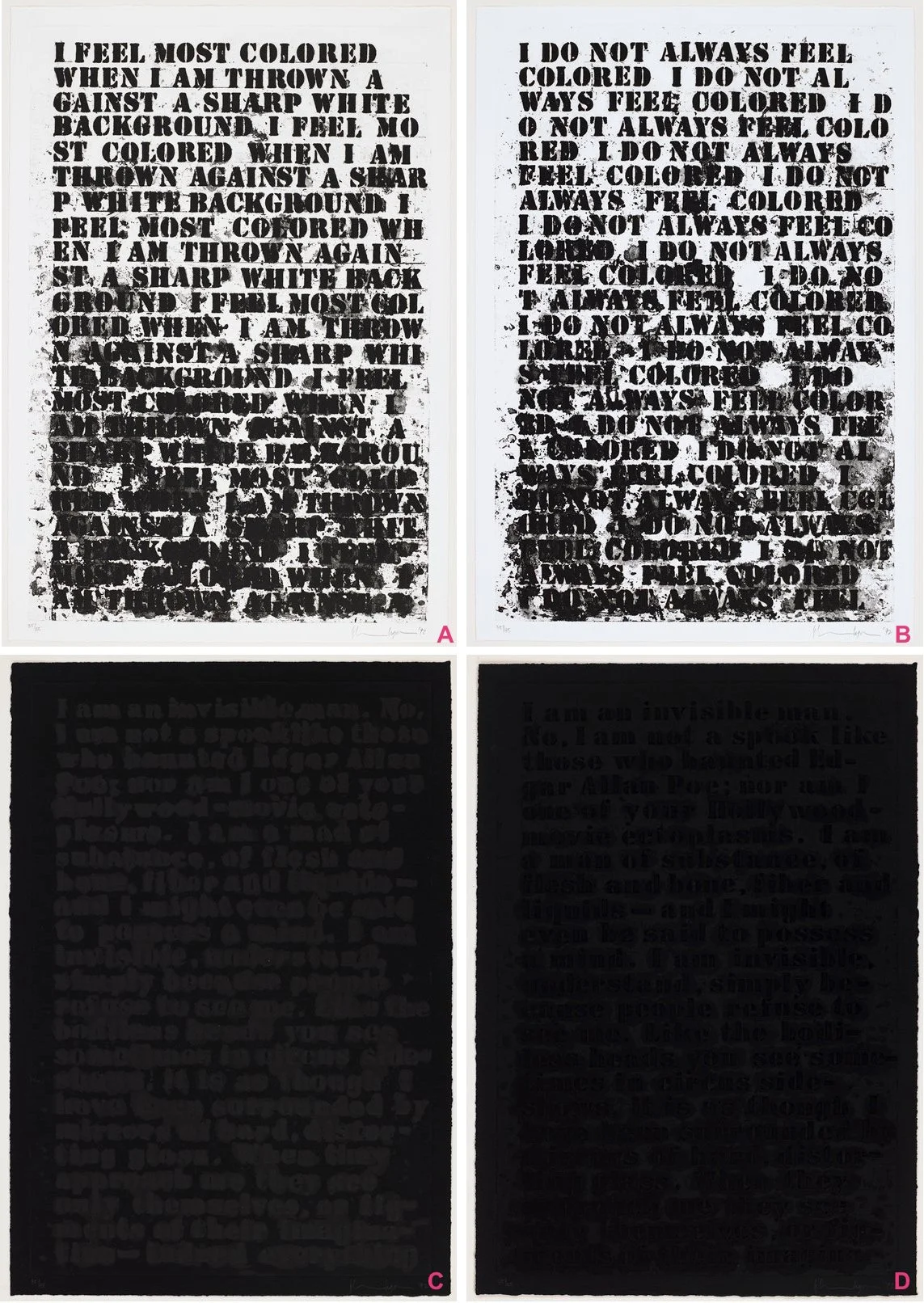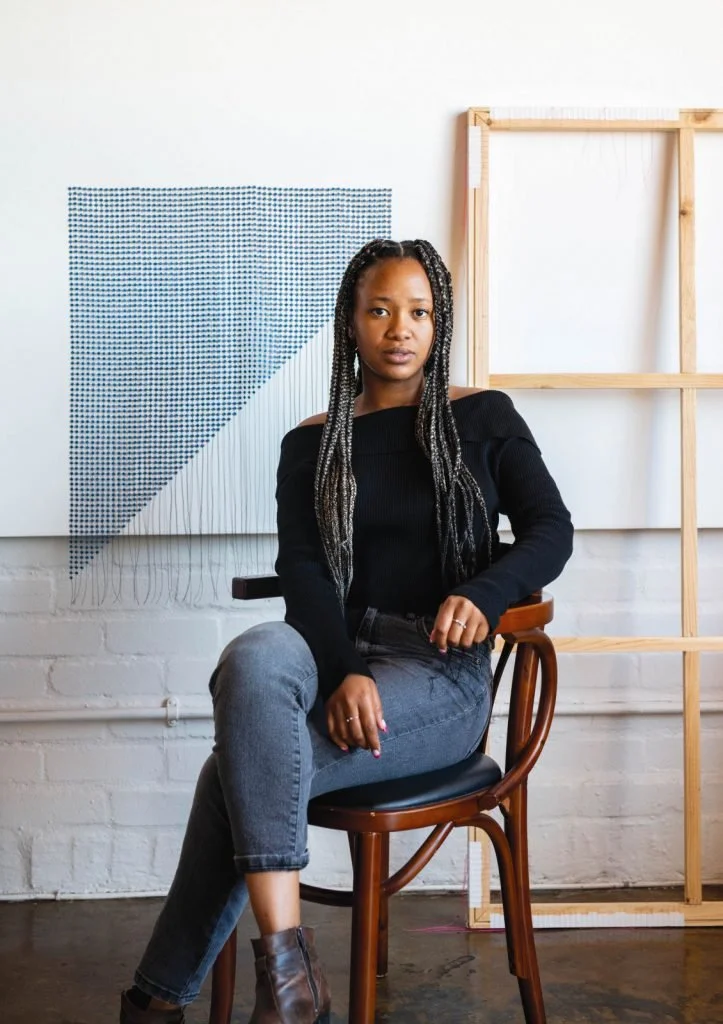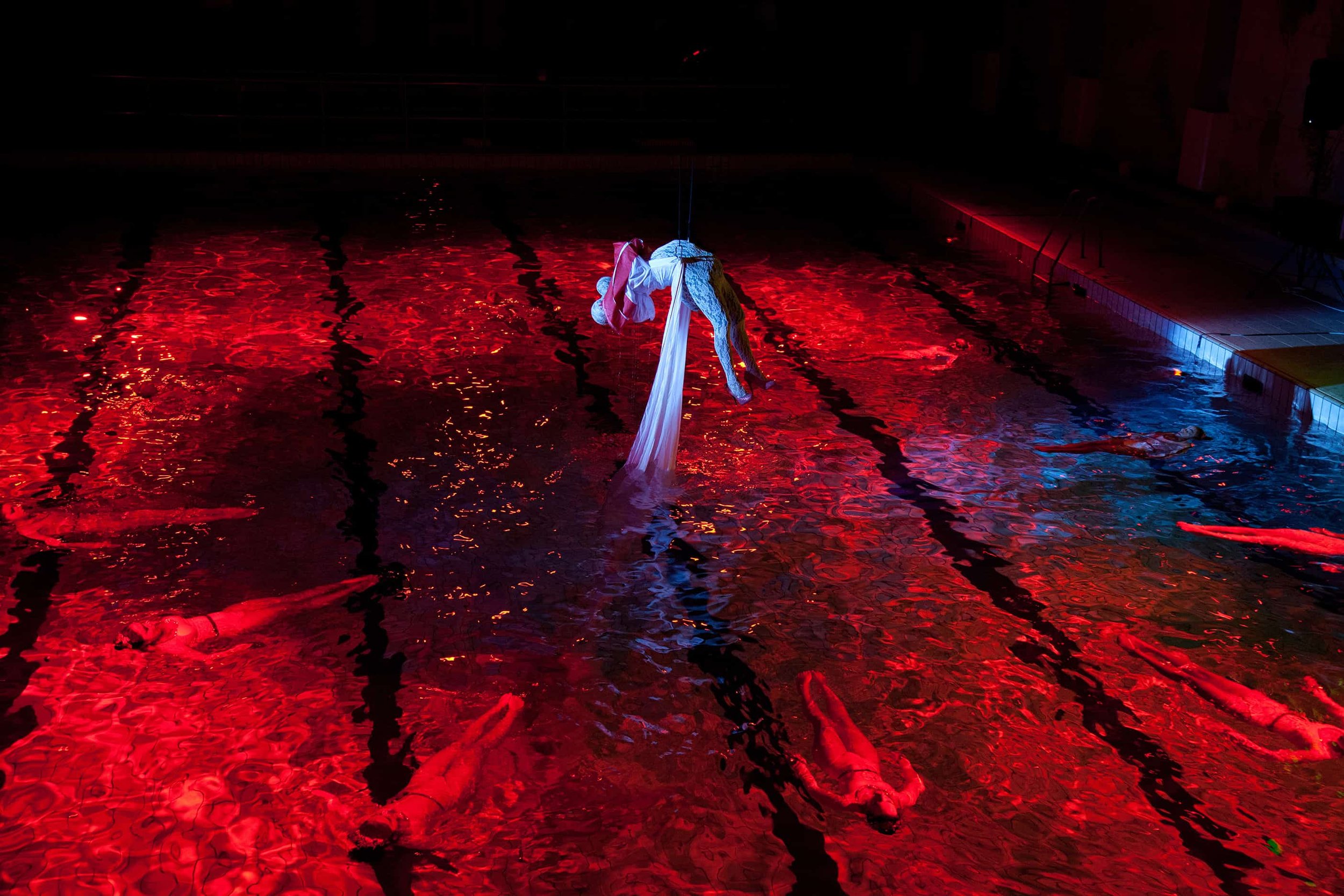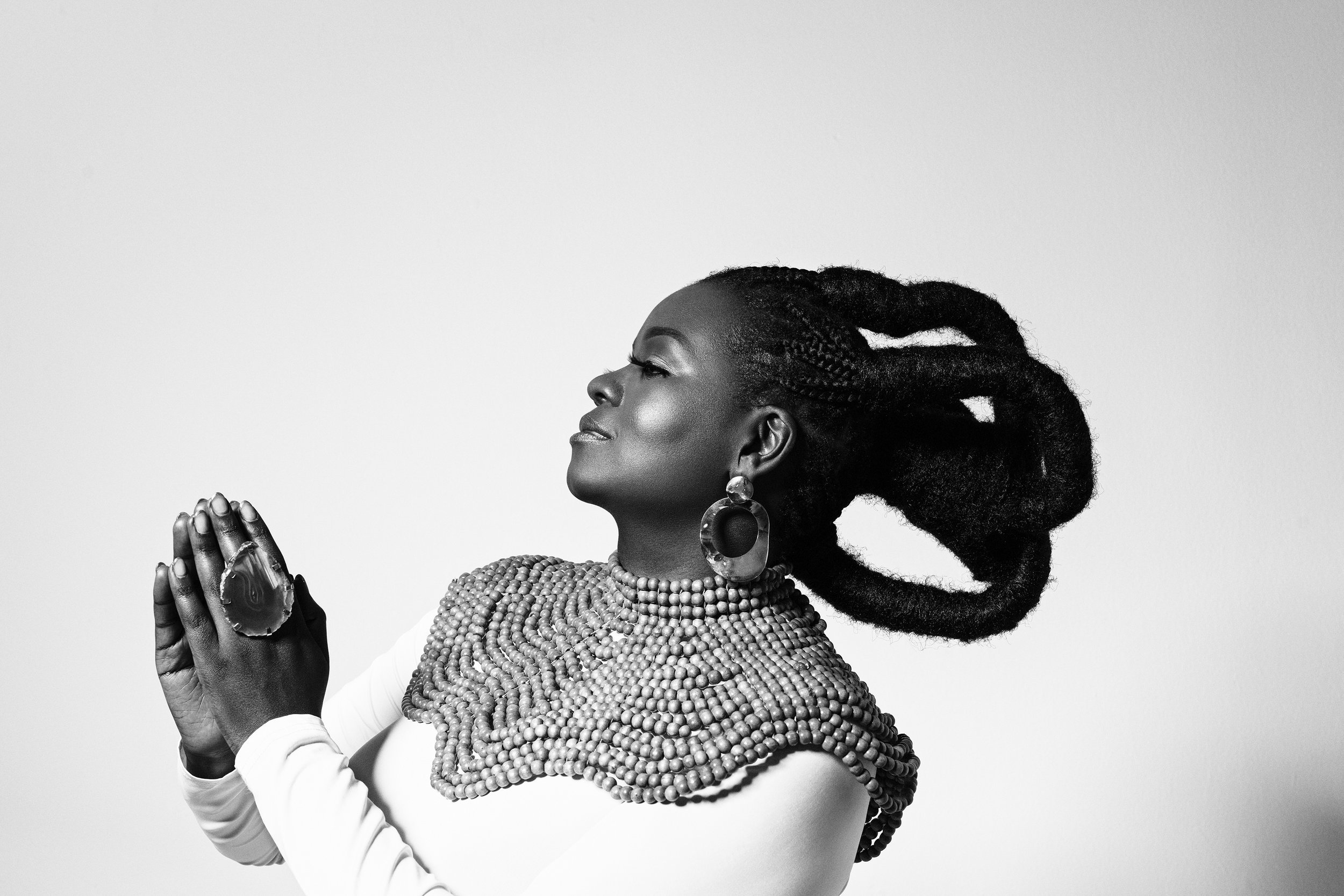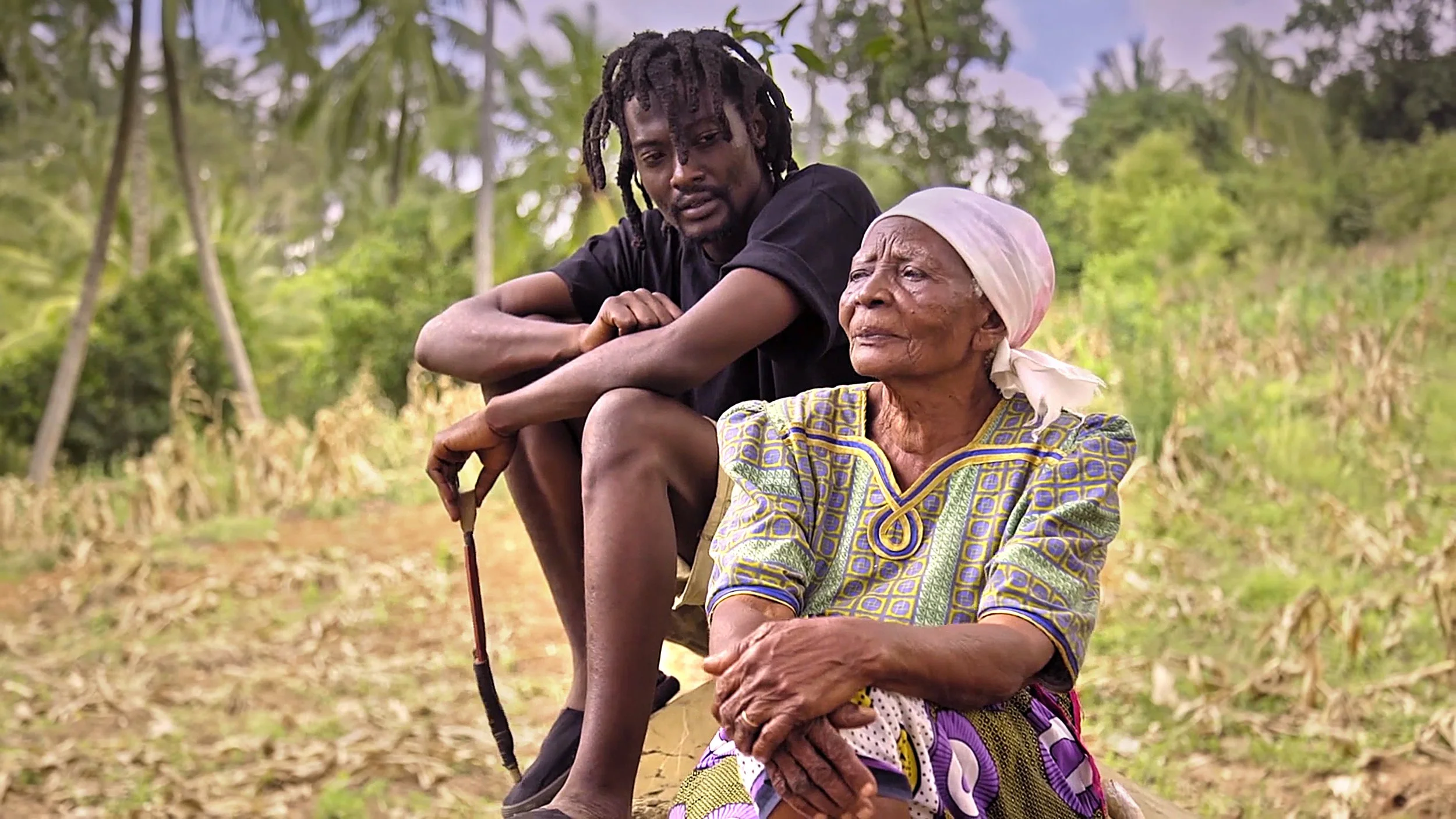“ I’m not real. I’m just like you. You don’t exist in this society. If you did, your people wouldn’t be seeking equal rights. You’re not real. If you were, you’d have some status among the nations of the world. So, we’re both myths. I do not come to you as a reality; I come to you as the myth, because that’s what Black people are. Myths. I came from a dream that the Black man dreamed a long time ago. I’m actually a presence sent to you by your ancestors.”
- Sun Ra, Space is the Place
In the first episode of this season of Race Beyond Borders, Nigel Richard and artist Kumbirai Makumbe draw from the range of scholarship about Blackness to make some pretty bold claims about its future.
In the first of a 4-part essay series, writer Lindokuhle Nkosi centralises that scholarship to take the conversation further, drawing explicit connections to the work of other Afrofuturist thinkers.
Read More“I feel most colored when I am thrown against a sharp white background” is an often-used sentence, so frequently quoted that the threads binding the many facts, feelings, and fictions contained in this 13-word-sentence are almost bare and fraying.
These words, which make their first appearance in Zora Neale Hurston’s 1928 essay “How It Feels To Be Colored Me,” do some heavy lifting. Stark and unrelenting, they capture the reader in the crosshairs; a severely darkened silhouette in a sea of glaring whiteness.
Read More
![Bonolo Kavula: What It Really Means To Be Sovereign]()
I meet Bonolo Kavula in her studio - a tidy white box in a confused building of many faces, located in the formerly industrial part of Woodstock, Cape Town. If this sentence sounds chaotic, it is because it is. Depending on which entrance you use, you might find yourself winding down the curved spine of the driveway, into the cavernous darkness of a parking lot.
Using the other access point, you’ll walk past a high-end rug store with heavy, black signage and a popular coffee chain franchise; faux Cape Dutch architecture painted in garish, gaudy brights. There’s something about this place that just doesn’t make sense. Harshly-lit furniture, decor and design stores scream desperately against the red-brown face of exposed brick. Grim fluorescence is sucked into pillars and balustrades, coated in the grey of times.
It’s a dreary reminder that the world is going ashen. Industrial minimalism has become a prison for the intellectually indolent. According to an analysis of a selection from the Science Museum Group Collection, the world is being desaturated of colour.
Read MoreIt’s a strange thing to have a person, name, place or thing named after you. Romulus, for example, the eponymous founder of Rome, was allegedly born of a virgin, raised alongside his twin by a wolf, and murdered his brother shortly after the two of them established their own city on the hills overlooking the Tiber River. To be Roman then, is not only to be of Rome, but to pledge some kind of tacit allegiance to the leader nurtured by a kind Canis lupus.
Even stranger then when the thing named after you, can only be used to describe you, your style, your way of navigating the world. This can lead to many misreadings. Or rather, incomplete readings. How does one assess the artistic and cultural merit of a work or movement if all its parts can only be measured in relation to themselves?
Enter Roger Ballen, quite frequently described as the 21st century photographer most committed to making visual the more grotesque parts of the mind.
Read More“Can I live with myself?” Roger Ballen asks a writer for The Guardian when questioned about his alleged exploitation of poor and mentally unwell South Africans in the production of his work.
“I can,” he responds, answering his own question. Where the writer once travelled to small towns in South Africa, shooting poor people in cramped spaces, he began to create elaborate staged sets in derelict housing structures and boarding houses occupied by those society frequently chooses to forget. He uses like them props, posing them with animals like birds, snake and mice, putting chalk in their hands, instructing them to draw on their walls, on their floors.
Read More
![.... But Some Of Us Are Brave]()
Beiruth walks beneath a flattened light, the industrial yellow and concrete of the taxi rank. Or she stalks it, haunting the hollow luminescence in white fishnet stockings criss-crossing borders on her legs. The camera holds tight at her flank – a hand swinging at its sides – and next to it, the partial view of a red onesie stretched over ass, a sign in white and blue above it: Atlantis. Something covers her head, her face, flickers muted in intervals, in tandem with the onesie rigged to shimmer with the colours of the spectrum. A man in a white wife-beater leans to, cocks head to one side, holds his arm out to get attention. Another stops in his tracks, stares animatedly, looking so we can look at him looking. A woman in black shimmies for Beiruth, or the camera. From somewhere, an external diegetic voice asks, “You tryna fuck me?” With the onesie belted around the waist she stands, splayed hard against the wall of the Universal Church, back and palms flat under the blue of the crucifix hanging above her, bouncing off her helmet. She moves slow, horizontal, as if navigating the face of a cliff. Her hand feels the wall tentatively, then reaches for the white gating that secures the entrance of the church. She extends a leg out, stilloetted, finds footing, and spins her body, pirouetting into position. And then she climbs, her helmet obscuring her path. Obfuscating. She stays ready for the eventually of having a man try to crack her skull in one day. She has a hole in the top of her head, or she is avoiding one. Are you trying to fuck me?
Read MoreFor a concept that appears so frequently throughout the Bible, the "Upper Room" has so many shifting meanings and contexts, that it is difficult to pin down what it really is. First mentioned in the Old Testament, it is thought of as having particular significance as a sacred site. A space for things holy. In the Book of Chronicles, David instructs his son Solomon to build the Temple of God.
In the titular track of her latest album, the live offering Holy Room, singer-songwriter Somi also taps into this tension, this fear-fragility-fortification triangulation. First recorded in for her 2017 release, Petite Afrique, Holy Room is a disarming love song. Part gospel, a millennial spiritual, the song is complicated by Herve Samb’s guitar playing, Somi’s psalm in the chorus declaring the Takbir. Allahu akbar.
Read More
![Kenyan Oscar nod is an intimate story of love in a time of witchcraft]()
A few hours and one hot, uncomfortable drive later, he's In the cool of his grandmother's house in rural Kaloleni, Mombasa. There's a bowl of mandazi on the table. Chai cools in three cups around it. One cup for our protagonist, the grandson Karisa. One cup for his father seated on the edge of the couch, to the left of his mother and one cup for Karisa's grandmother, the reason we are all in this room with fried dough confections in a round silver thing in front of us.
"Are you going to church?" Grandma Kamango asks the child of her child. There's some friendly jostling. A few bold proclamations made about the bible. Karisa’s father, no longer willing to account for his dedication to the faith, walks out. "That's not a sin," he says, a short while before making his abrupt exit. "Not going to church," he continues. "What sin is that?" The camera pans to a dolly that decorates a chair In the room, Jesus on the cross in its centre. But the grandmother will not give up her argument, so he calmly gets up and leaves the room as his sister walks in, carrying in her hand an old family picture.
Read MoreProduced for Between 10 & 5
“For thousands of years in the West, red was the only colour worthy of that name, the only true colour. As much on the chronological as hierarchical level, it outstripped all the others. Not that they did not exist, but they had to wait a long time before they were considered colours and then played a comparable role in material culture, social codes, and systems of thought. It was with red that humans did their first colour experiments, achieved their first successes, and then constructed a chromatic universe….” – Michel Pastoureau, Red: The History of a Colour
Read More